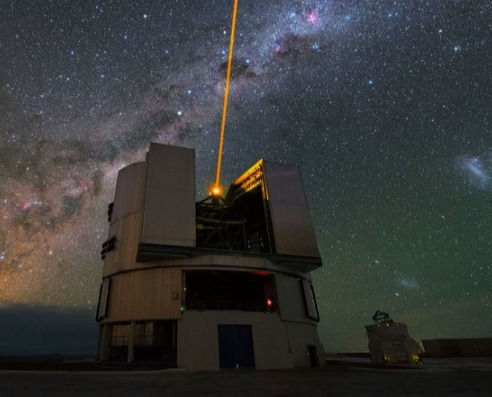Can You Ace the Cambridge University Math Entrance Test? Prove Your Prowess by Solving This Puzzle
- Anthony Mudhoka
- Feb 4, 2023
- 3 min read
Updated: Feb 6, 2023
Cambridge University is known for being one of the most prestigious and selective institutions in the world, and admission is no easy feat. To secure a place in the Pure Mathematics department, applicants must demonstrate their problem-solving abilities and they will often be asked to solve a series of challenging mathematical questions in a face-to-face interview.
The questions are not your average SAT questions, but they are easier than most questions posed in international competitions like the International Math Olympiad or the Putnam. But don't be fooled, they still require a sharp mind and a deep understanding of mathematical concepts and how they relate to each other.
Get ready to put your mathematical skills to the test.
Question: Give an interval with 999 consecutive integers where all of them are composite (Not prime)
Take some time working on the problem before checking the solution down below.

Answer: At first, most students would probably be thrown off balance. If the question was asking for the sum of 999 consecutive numbers or consecutive even numbers, then the solution would have been found in a split second by defining an arithmetic series. But how do we eliminate all the primes in a list of 999 consecutive numbers? At first, it is visibly clear that in any list that doesn't start with 2, then half of the numbers are automatically not prime because they are even numbers. We also know that after every 3rd, 4th, 5th jump, and so on, there lies a composite number because it is a multiple of 3, 4, 5, and so on, respectively. But how does this information help us to get a list of 999 consecutive numbers that are not prime? Probably not so helpful.
The solution to the problem lies in the factorial function.
For definition, a factorial of a number N is simply the result of taking the product of all the numbers from 1 up to the number N. The factorial is denoted by the symbol !. For example, 3! = 1 x 2 x 3 = 6, and 5! = 1 x 2 x 3 x 4 x 5 = 120. You can as well start with N and go down to 1, it won't matter since it will produce the same result.
Since all the numbers are being multiplied together in a factorial, that means the factorial of a number is divisible by each and every number in the product. So, in our example above, 120 is divisible by both 5, 4, 3, 2, and 1 because they all make up the product. This fact is important in solving our problem. Keep it at the back of your mind because I will later use it. Also, note that if a number n can divide another number m perfectly, then it can also divide m + n perfectly. I will give an example. Since 6 is divisible by 3, then 9 is also automatically divisible by 3 because the difference between 9 and 6 is simply a multiple of 3. Remember how you used to perform division as a kid by representing numbers as objects, then enclosing them into groups to see how many groups they would form. So, adding 3 or multiples of 3 at the end when dividing by 3 won't change anything since they can already be perfectly divided. So, only the quotient changes, but not the divisibility status.
We now have all the necessary tools. Let's now attack the problem. Let's take the factorial of 1000. That means 1000! is divisible by all the numbers from 1 all the way to 1000. Using our second fact, we can establish that (1000! + 2) is also divisible by 2 since 1000! is also divisible by 2, as we saw earlier. In the same light, (1000! + 3) is also divisible by 3 and so on. Therefore, we can establish that all numbers from 1000! to (1000! + 1000), with the possible exception of (1000! + 1), are all non-prime. Note that we did not include (1000! + 1) as being divisible by 1 does not provide any additional information on whether a number is prime or not, since all numbers are divisible by 1 anyways. This idea can be extended to create an arbitrarily long interval of consecutive non-primes. Let's consider the factorial of a trillion to the power of a trillion. This is already an enormous number, but taking its factorial would make it even larger. After obtaining the result, we can be 100% certain that all the next numbers, factorial of a trillion to the power of a trillion, are non-prime, with the exception of the immediate number following the factorial, which cannot be definitively confirmed as prime or non-prime unless it is manually checked.





Comments